5 Tips and Tricks for Managing Shoulder Pain in Gym Goers
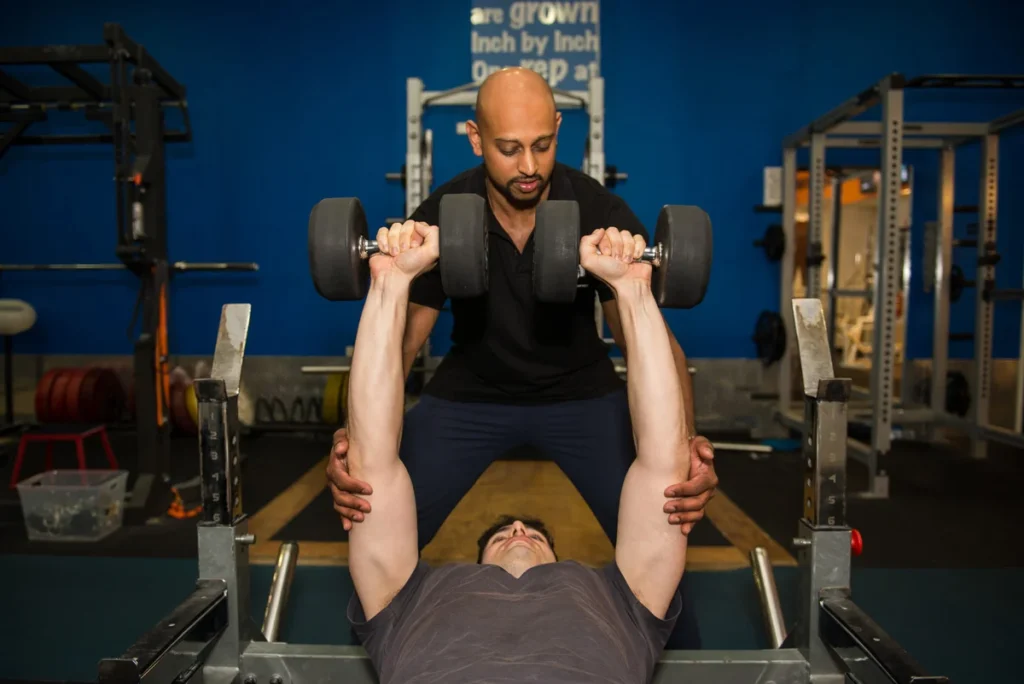
Shoulder injuries are amongst some of the most common injuries that gym goers suffer. For mild shoulder injuries here are some tips and tricks that can be implemented to help your shoulder feel and get better. Tip 1: Load ManagementMany gym-related shoulder injuries are usually a result of improper load management or increasing loads too […]
ACL Tears: Non-Surgical vs Surgical Management
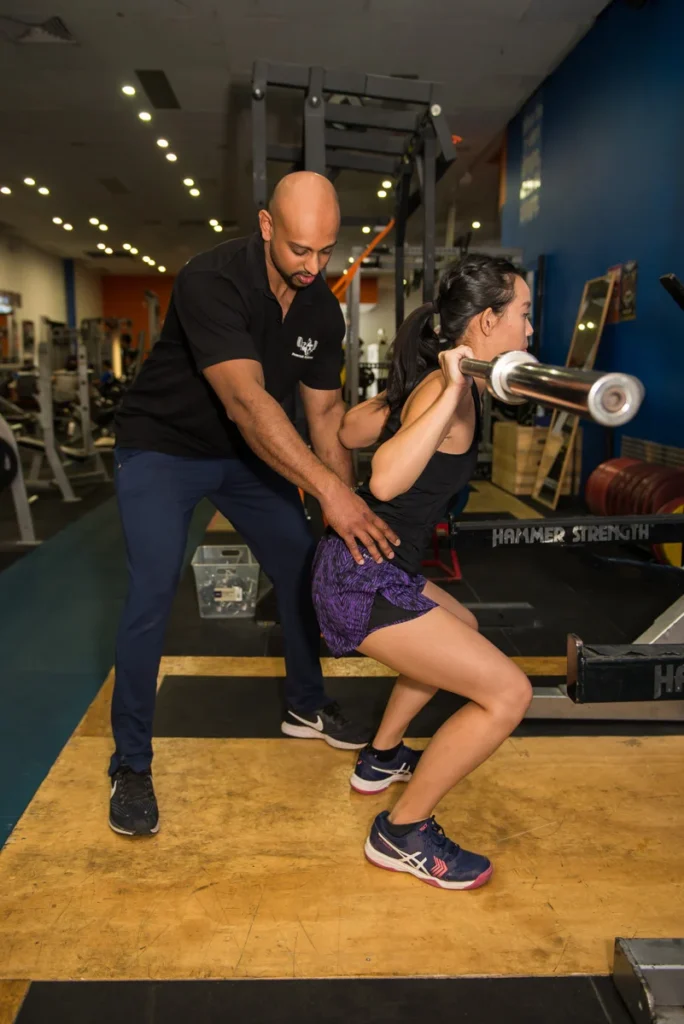
The management pathway following a rupture of the ACL is a shared decision-making processbetween the patient and healthcare providers. Patients should be properly informed of the risks andbenefits of each treatment option. Here are the main management options: The following summarises the risks and benefits of surgical management and non-surgicalmanagement for isolated ACL ruptures: Benefits […]
Load Management in Your Rehabilitation

Load management is one of the key principles used in physiotherapy whenrehabilitating painful conditions. It is the art of identifying the ‘ideal’ workload for yourcurrent capacity and progressing appropriately and safely. In short, it is making surethat you’re not doing too much too soon or not doing enough. Why is load management important? If you […]
How to Activate your Glutes
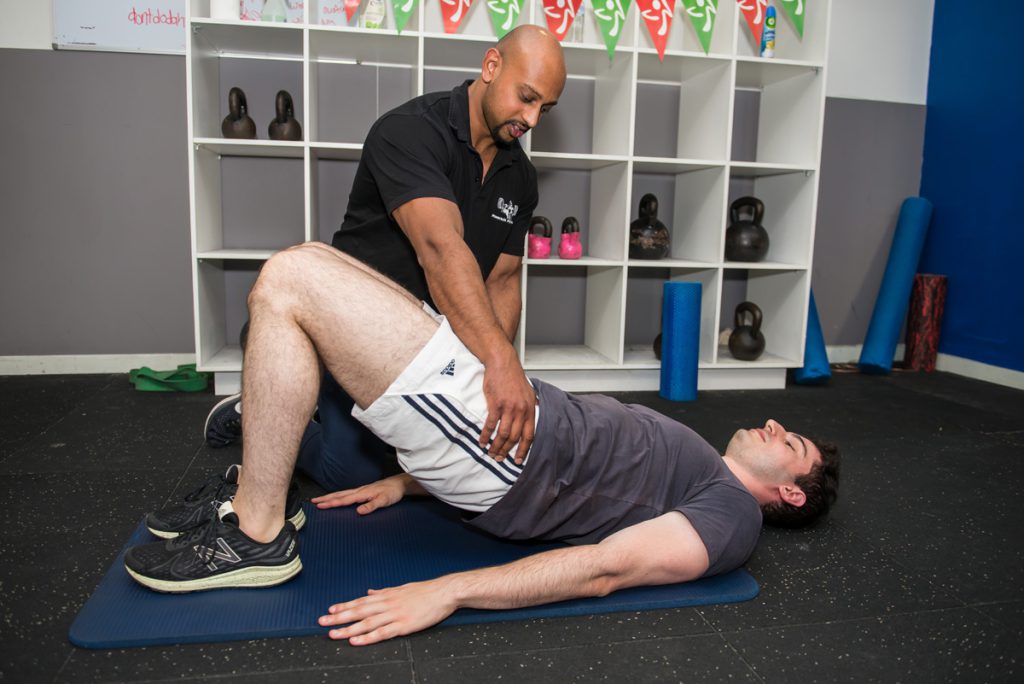
Your glutes, also known as your gluteal muscles, are one of the most important muscle groups in your body. They are responsible for hip extension, abduction and external rotation. This means that they play a vital role in walking, running, squatting and lifting. Unfortunately, many people have weak or inactive glutes. This can lead to […]
10 Tips for Starting the Gym
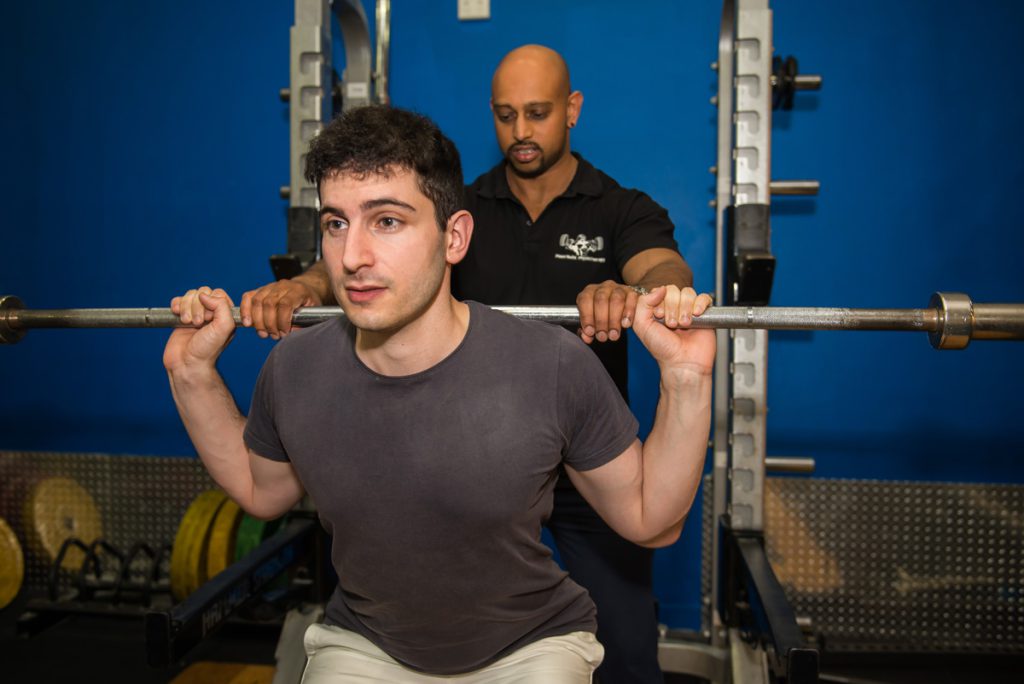
Going to the gym can be a daunting task, especially if you’re a beginner. But it doesn’t have to be. Here are 10 tips to help you get started: Here are some additional tips that may be helpful for beginners: Starting the gym can be a challenge, but it’s definitely worth it. By following these […]
Trigger Point Therapy: What It Is and How It Works

Trigger point therapy is a type of massage therapy that involves applying pressure to specific points in muscles that are tender and tight. These points are called trigger points and they can cause pain and referred pain (pain that is felt in a different area of the body). Trigger points are thought to be caused […]
Why Do My Joints Crack?
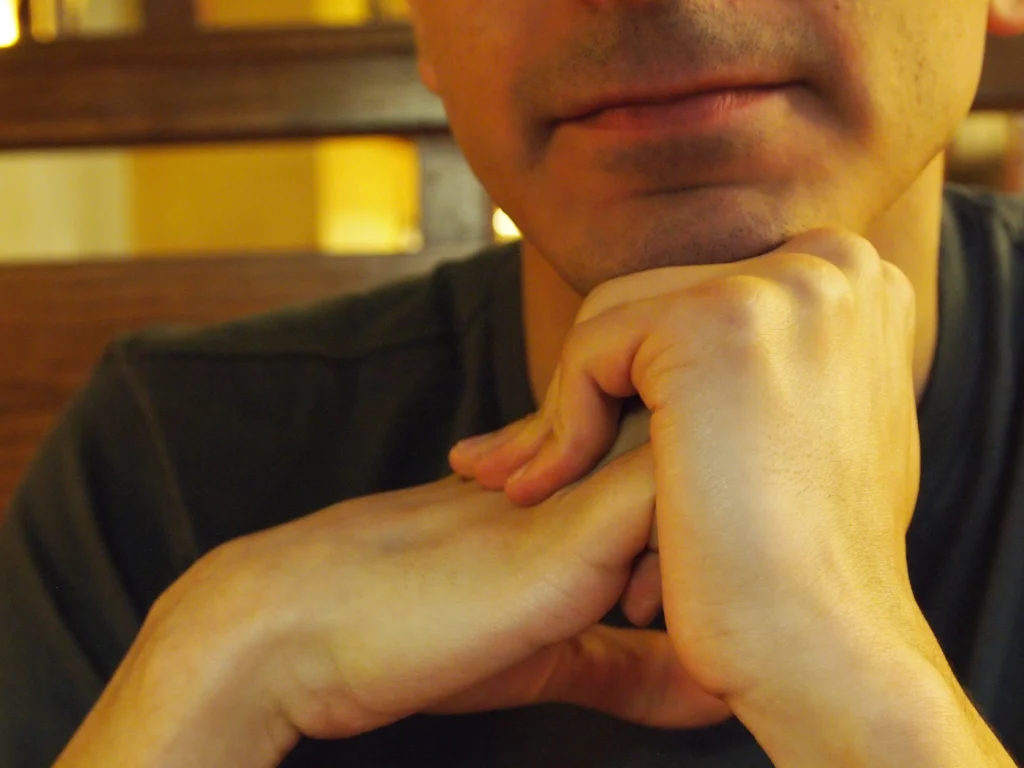
Have you ever cracked your knuckles and heard that satisfying popping sound? Or maybe you’ve noticed that your knees or back crack when you move around. While it can be a bit alarming to hear your joints popping, it’s usually nothing to worry about. In most cases, joint cracking is caused by the release of […]
How to Select a Mattress to Prevent Back and Neck Pain

Your mattress is one of the most important investments you can make for your health. A good mattress can help to improve your sleep quality, which can lead to a number of health benefits, including reduced pain, improved mood and increased energy levels. If you are suffering from back or neck pain, choosing the right […]
5 Tips on How to Avoid Injury During Exercise
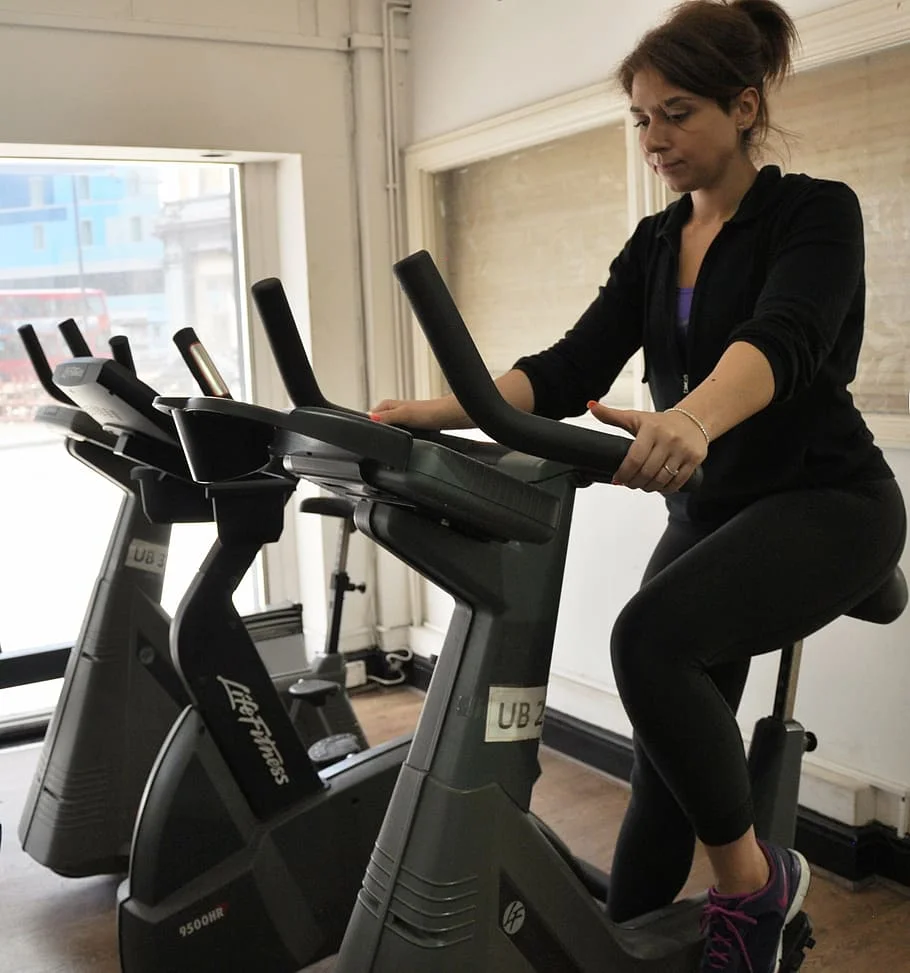
Exercise is a great way to stay healthy and fit, but it is important to take steps to avoid injury. Here are 5 tips on how to avoid injury during exercise: By following these tips, you can avoid injury during exercise and enjoy a healthy and active lifestyle. Here are some additional tips that can […]
Patellafemoral Pain Syndrome (PFPS): A Pain In The Knee
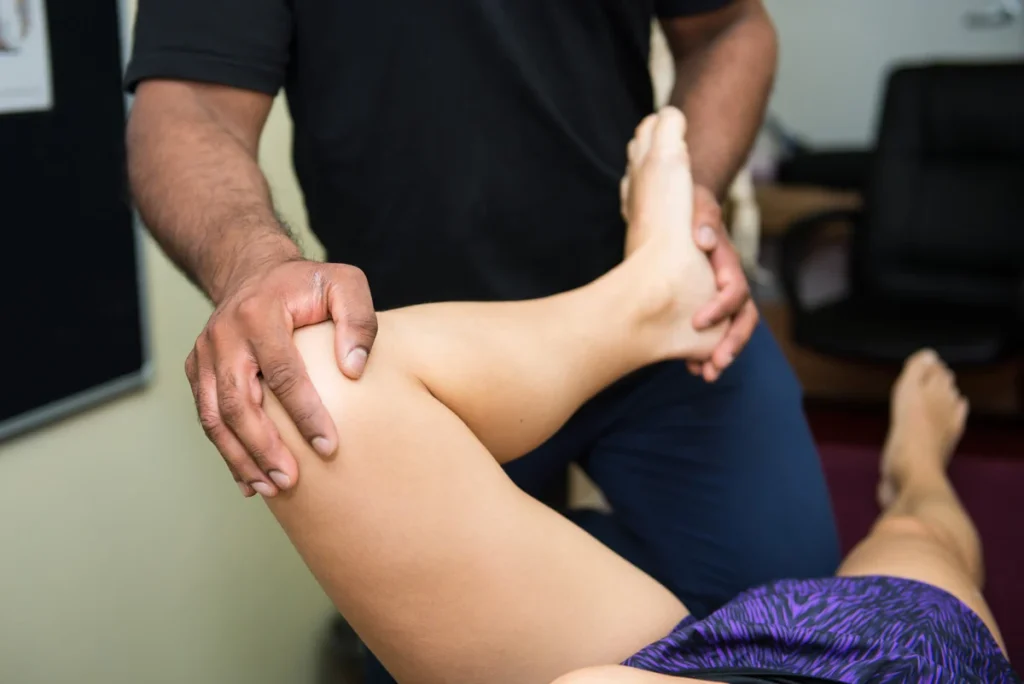
Patellafemoral pain syndrome (PFPS), also known as runner’s knee, is a common knee pain that affects people of all ages and activity levels. It is caused by inflammation and irritation of the kneecap (patella). The pain is usually felt in the front of the knee and it can be worse when going up or down […]
